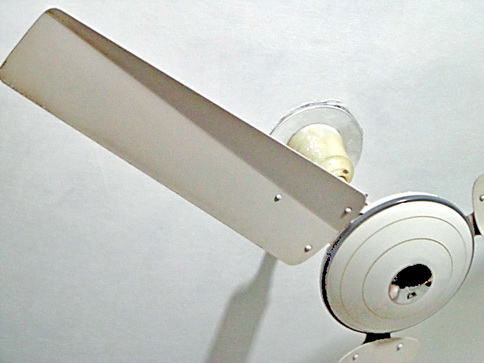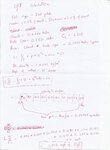
- Joined
- Jan 22, 2008
- Messages
- 53,229
- Helped
- 14,794
- Reputation
- 29,875
- Reaction score
- 14,318
- Trophy points
- 1,393
- Location
- Bochum, Germany
- Activity points
- 301,563
and now assume if i want to calculate how much air speed the blade experiences as it runs at 300 RPM in a room
It's a complex three-dimensional stream, which can be best approximated in a finite element solver. At best you get some qualitative insights about the flow profile.
You'll find details in technical fluid mechanics text books.
Yes.the blades creates the airspeed against as it rotates..
I'm not sure if you actually want to calculate the air speed relative to the fan blade, but I'm absolutely sure that you aren't able to calculate it.and now assume if i want to calculate how much air speed the blade experiences as it runs at 300 RPM in a room
It's a complex three-dimensional stream, which can be best approximated in a finite element solver. At best you get some qualitative insights about the flow profile.
You can assume that the relative speed of blade to surrounding air will be lower than the blade speed, because the blade is accelerating the air in the direction of it's movement. But in exact terms it depends on blade profile, angle of attack, pressure difference across the fan, existence of guide plates etc.so if we take the linear velocity of the blade tip,which is 41 miles/hour,the blade tip really doesn't experience 41miles/hour airspeed ,does it?
You'll find details in technical fluid mechanics text books.




